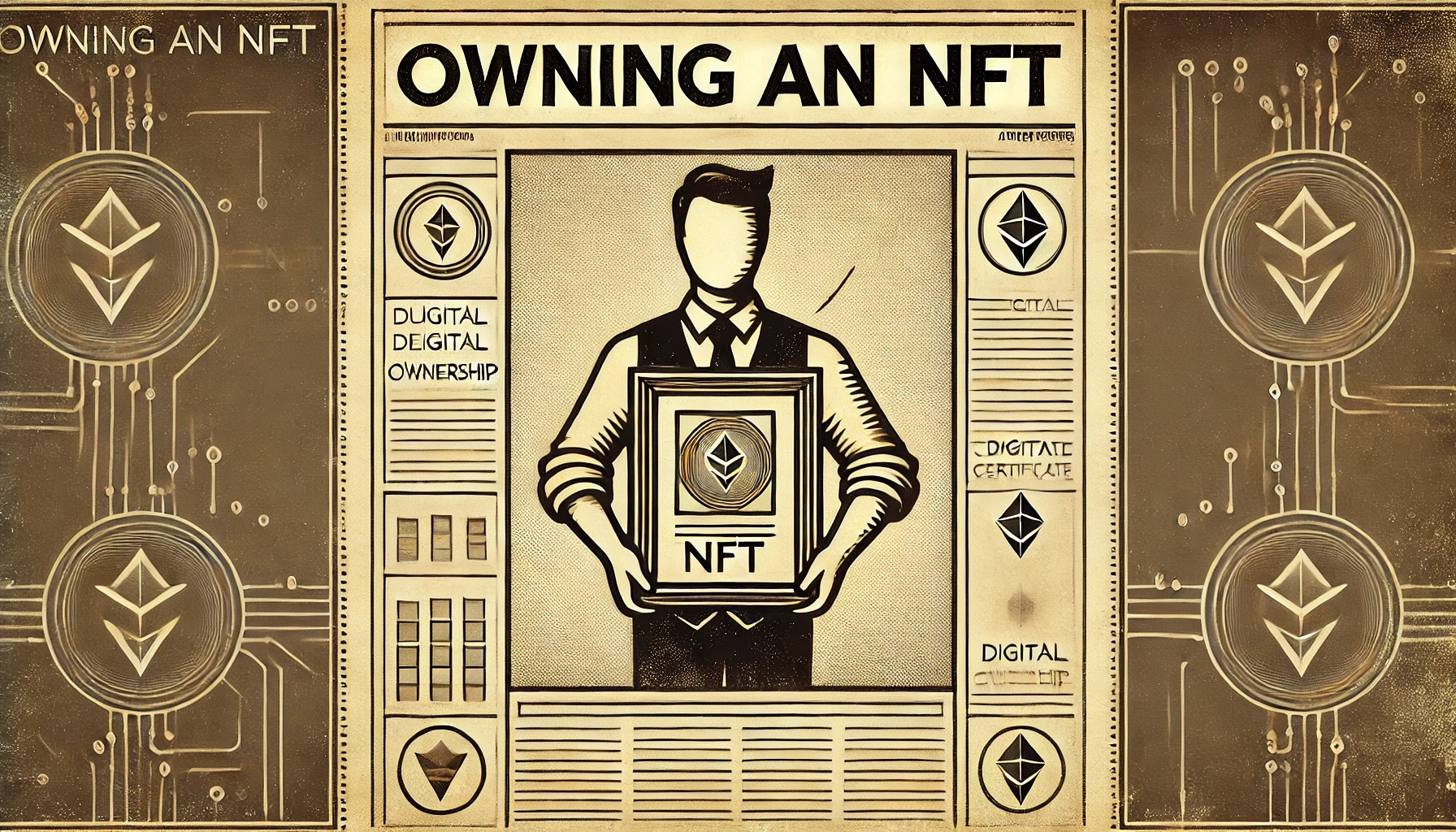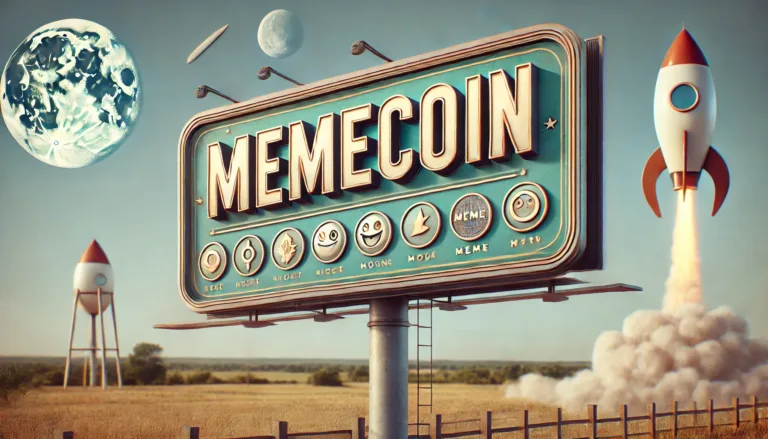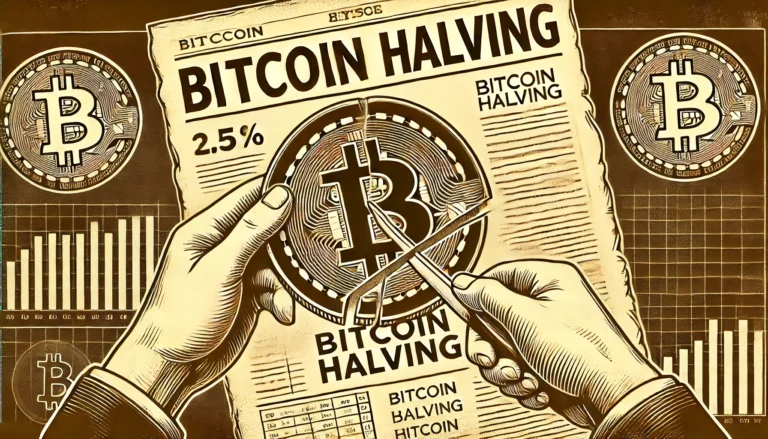NFTs and Digital Art: A New Frontier
In March 2021, the digital art world was shaken when a digital artwork sold for an astonishing $69 million at Christie’s auction. The piece wasn’t a traditional painting or sculpture—it was an NFT. And this sale marked a turning point, bringing NFTs into the spotlight. For artists, collectors, and tech enthusiasts, NFTs represent a radical shift in how we think about ownership and value in the digital space.
NFTs are more than a buzzword—they are transforming how creators monetize their work and how collectors invest in digital assets. This article explores the essential aspects of NFTs and digital art, providing actionable insights into the world of NFTs, how they make money, how to buy them, and what the future holds for Bitcoin in this ecosystem.
What Are NFTs?
At their core, NFTs (non-fungible tokens) are unique digital assets stored on a blockchain. What makes them different from cryptocurrencies like Bitcoin or Ethereum? It’s their non-fungible nature—each NFT is one-of-a-kind, and no two are alike. Think of them as digital ownership certificates for assets such as art, music, or even virtual real estate.
NFTs exist on the blockchain, which ensures transparency and security. When an artist creates a digital piece and converts it into an NFT, they are assigning unique ownership rights to that digital asset. In a world where digital files can be copied endlessly, NFTs offer something remarkable: verified ownership that cannot be replicated.
How Do NFTs Make Money?
NFTs generate income in a few ways, and the beauty of this model lies in how it benefits both creators and collectors. Let’s break it down.
- Primary Sales: When an artist creates and sells an NFT for the first time, they earn a direct profit. This is the initial sale—just like when an artist sells a painting at a gallery.
- Royalties from Resale: Here’s where it gets interesting. Most NFTs come with smart contracts that ensure the original artist receives a percentage of future sales. So, when a buyer resells the NFT, the creator earns a portion of that resale—creating a long-term revenue stream for the artist.
- Scarcity and Demand: Like traditional art, scarcity drives up the value of NFTs. Limited-edition pieces or those by well-known artists can command huge prices, especially in resale markets. Just like physical collectibles, the rarer an NFT, the more valuable it becomes.
Takeaway: NFTs offer creators an unprecedented way to make money, not just from the initial sale but through ongoing royalties—a powerful incentive for artists to embrace this new medium.
Want to start earning with crypto? Discover proven strategies and insider tips to maximize your profits. Get started today—learn how to make money with crypto!
How to Buy NFTs
Interested in jumping into the NFT marketplace? Here’s a quick guide on how to get started:
- Set Up a Digital Wallet
To buy NFTs, you need a crypto wallet like MetaMask or Coinbase Wallet. This wallet stores your cryptocurrency and the NFTs you purchase. - Buy Cryptocurrency (Ethereum)
Most NFTs are purchased using Ethereum. You’ll need to buy some on an exchange like Coinbase or Binance. Make sure you have enough to cover both the cost of the NFT and transaction fees. - Choose a Marketplace
Now, it’s time to browse! Popular NFT platforms include OpenSea, Rarible, and Foundation. Each platform has its unique features, but they all operate on the same basic principles—allowing you to buy, sell, and browse NFTs. - Make a Purchase
Once you find an NFT you like, you can place a bid or buy it outright. Some platforms allow auction-style bidding, while others offer fixed prices. If your bid wins or you complete the transaction, the NFT is transferred to your wallet.
Important: Always research the artist and the platform to avoid scams. The NFT world is still in its early days, and due diligence is key to making informed purchases.
What Is the Future of Bitcoin?
Bitcoin and NFTs operate in the same digital ecosystem, but their roles are distinct. Bitcoin, often called “digital gold,” is a store of value. Its fixed supply (only 21 million coins will ever exist) has made it attractive as a hedge against inflation, much like gold.
But how does Bitcoin fit into the NFT world? While NFTs primarily operate on Ethereum (due to its smart contract capabilities), Bitcoin’s role as a trusted store of value strengthens the entire blockchain ecosystem. Investors often use Bitcoin to store wealth, while Ethereum powers applications like NFTs.
The Future: As more people become familiar with blockchain technology, Bitcoin will likely continue to serve as a store of value, while Ethereum and other smart-contract platforms dominate the NFT and decentralized finance (DeFi) landscape.
Ready to launch your own coin? Pump.fun is your ultimate platform! Follow this expert guide to ensure a successful launch. Learn how to launch a coin on Pump.fun and make your mark in the crypto world!
FAQs
Q: Are NFTs only for art?
A: Not at all! NFTs can represent ownership of digital assets beyond art—think music, videos, even virtual land in online games. The possibilities are vast.
Q: How do NFTs increase in value?
A: NFTs increase in value based on demand and rarity. Limited editions or NFTs created by well-known artists tend to see their value rise, especially when sold on the secondary market.
Q: Can I resell my NFT?
A: Yes, you can list your NFT for sale on platforms like OpenSea or Rarible. If someone buys it, you’ll receive the payment in cryptocurrency, and the original creator may also earn royalties from the sale.
Q: Is investing in NFTs risky?
A: Like any investment, NFTs come with risks. Their value can be highly volatile, and some may not hold their value over time. Always do thorough research before purchasing.
Q: What is the difference between Bitcoin and Ethereum?
A: Bitcoin is primarily a store of value, often compared to gold. Ethereum, on the other hand, powers applications like NFTs and DeFi, thanks to its smart contract functionality.
Conclusion
NFTs have ushered in a new era of digital ownership, where artists, collectors, and investors can all benefit from the unique value proposition these assets offer. With ongoing innovations in blockchain technology and the rise of platforms like Ethereum, the potential for NFTs is enormous. Whether you’re an artist looking to explore new revenue streams or a collector hunting for rare digital assets, NFTs represent a frontier full of possibilities. But as with any new investment, it’s essential to stay informed, do your research, and proceed with caution.
This article provides a comprehensive look at NFTs and their role in the digital art world, offering practical tips and insights to help readers navigate this exciting new space. The content strikes a balance between being educational and approachable, with a professional tone that makes it easy to digest.



